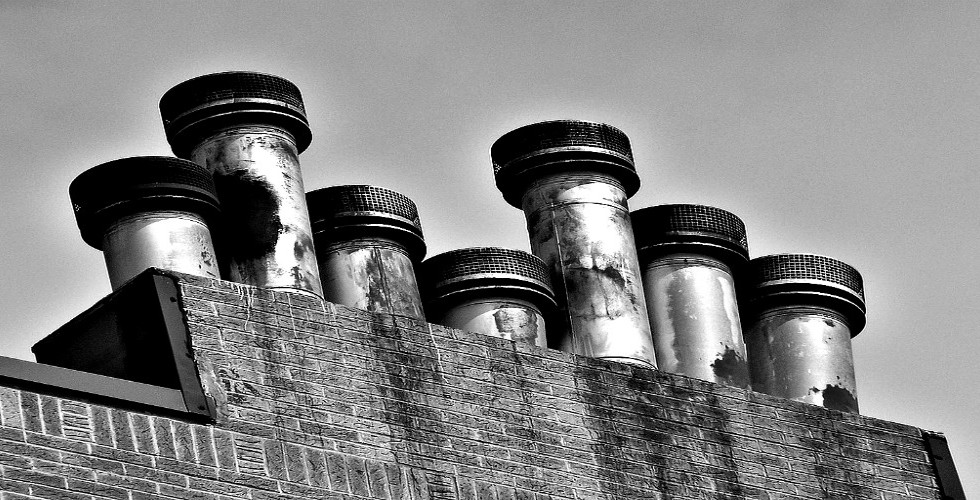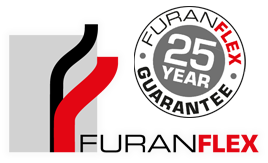
Thermocrete Creosote
‘The consequences of burning wood inefficiently can be disastrous to the fabric of a chimney. The heat producing characteristics of wood burning are not the same as fossil fuels, over 50% of the weight of the wood is moisture in the form of tree sap or resin’
What is Creosote?
Creosote is a build up of toxins from burning fuel incorrectly and can be extremely dangerous and cause house fires if left untreated. If your chimney hasn’t been checked in a while or does not appear to be filtering correctly, please call us immediately.
What actually causes Creosote build up?
When wood is burnt in a stove, it is common practice to reduce the amount of air entering the combustion chamber in an attempt to save fuel. This will cause the appliance to sulk (smoulder), this has serious side effects. Slowing the burning process will cause the products of combustion (smoke) from the wood to cool as it enters the chimney.The smoke will not maintain a high enough temperature, preventing it from being driven up the flue at a sustainable velocity to escape from the stack. The cooling effect causes condensation to form on the inner surface of the chimney, and the sap/ resin turns the condensates into creosote (a natural bitumous oil). The condensates then turn to liquid. The liquid creosote seeps into the mortar joints and the masonry, the corrosive effects of the creosote then destroys the masonry and mortar joints, in the same way as oil destroys concrete garage bases. Varying temperatures within the chimney cause the liquid creosote to heat up and cool down, as it cools it solidifies on the internal surfaces of the chimney the creosote quickly builds up, reducing the cross sectional area of the chimney and in some cases blocking the flue completely. When solid-state creosote burns, all the volatile oils are burnt off leaving a residue similar to a honeycomb, which is crisp and easy to sweep from the chimney. However we would never recommend setting a fire to a chimney to clean it, this would be a sure fire way to become homeless.
How does Thermocrete’s Creosote Removal Treatment work?
- The process involves an initial sweeping of the chimney from the top.
- Specialised chemicals are then sprayed on the internal surfaces of the chimney.
- The chemicals are then left to react with the creosote for a minimum of seven days.
- If possible the appliance should be used.
- After the chemical reaction is complete it is then possible to remove the residue.
- The chimney is then tested.
- If any further problems become apparent, this will be reported and any remedial works required advised to the client.
‘I had Creosote build up in my chimney when I first moved in and I called Oliver and the team to remove it for me and they did a fantastic job! very efficient and with minimal disruption to my day which as a property developer was much appreciated. Thanks guys!’- David Y, Hunmanby
Case Study
If you are unsure about the condition of your chimney, wish to conduct a survey, or want advice on the right lining for your chimney then please don’t hesitate to get in touch via our contact form.
 ALS Chimneys | Heating | Chimney Lining Specialists
ALS Chimneys | Heating | Chimney Lining Specialists




